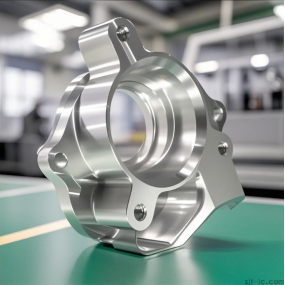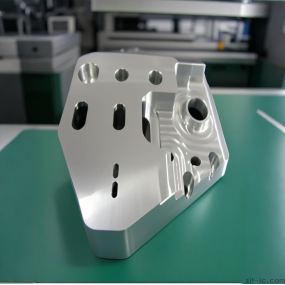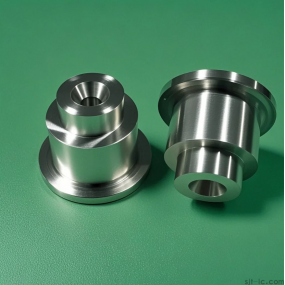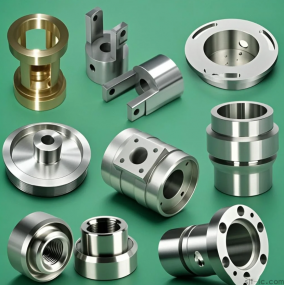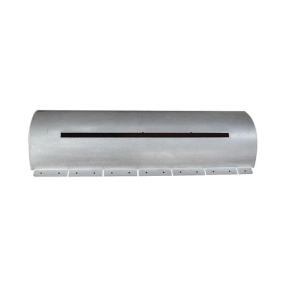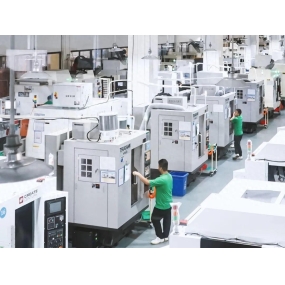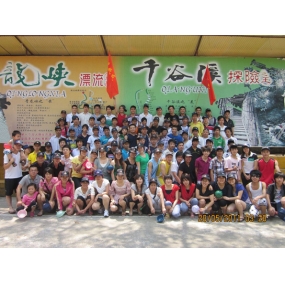In precision aviation parts processing, surface treatment is a crucial step that directly affects the wear resistance, corrosion resistance, fatigue resistance, and other properties of the parts. The following are several points to note when performing surface treatment in precision aviation parts processing: 1. Choose the appropriate surface treatment method: Select the appropriate surface treatment method based on the material, usage requirements, and processing technology of the part. For example, for aluminum alloy materials, anodizing or chemical oxidation methods can be used; For stainless steel materials, shot peening or nitriding treatment can be used. Controlling surface treatment parameters: The control of surface treatment parameters is crucial as it determines the surface quality after treatment. Strictly follow the process requirements and set reasonable parameters such as processing temperature, time, pressure, etc. to ensure the surface treatment effect. 3. Ensure the cleanliness of the workpiece surface: Before surface treatment, it is necessary to ensure that the workpiece surface is free of impurities such as oil stains, rust, and oxide scales, otherwise it will affect the treatment effect. Cleaning, rust removal, and other methods can be used to achieve the required surface condition of the workpiece. 4. Pay attention to the protection of parts after surface treatment: Parts after surface treatment should be properly stored to avoid collisions, scratches, and other situations. For some parts that require rust prevention treatment, rust prevention treatment should be carried out according to requirements, and regular inspections and maintenance should be carried out. 5. Strengthening quality inspection and control: It is necessary to conduct quality inspection and control on parts after surface treatment. Various testing methods can be used, such as visual inspection, hardness testing, metallographic analysis, etc., to ensure that the surface treatment quality meets the requirements. 6. Improving the skill level of operators: The skill level of operators has a direct impact on the quality of surface treatment. Regular training and assessment should be provided to operators to improve their skills and ensure that they are proficient in various surface treatment techniques and process requirements. 7. Strengthen equipment maintenance and upkeep: Surface treatment equipment is the foundation for ensuring surface treatment quality. Regular maintenance and upkeep should be carried out on the equipment to ensure its normal operation and improve its service life and stability.
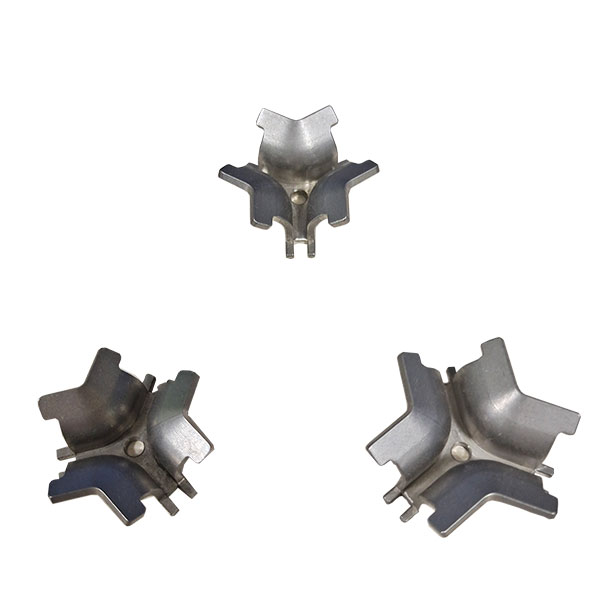


 Spanish
Spanish Arabic
Arabic French
French Portuguese
Portuguese Belarusian
Belarusian Japanese
Japanese Russian
Russian Malay
Malay Icelandic
Icelandic Bulgarian
Bulgarian Azerbaijani
Azerbaijani Estonian
Estonian Irish
Irish Polish
Polish Persian
Persian Boolean
Boolean Danish
Danish German
German Filipino
Filipino Finnish
Finnish Korean
Korean Dutch
Dutch Galician
Galician Catalan
Catalan Czech
Czech Croatian
Croatian Latin
Latin Latvian
Latvian Romanian
Romanian Maltese
Maltese Macedonian
Macedonian Norwegian
Norwegian Swedish
Swedish Serbian
Serbian Slovak
Slovak Slovenian
Slovenian Swahili
Swahili Thai
Thai Turkish
Turkish Welsh
Welsh Urdu
Urdu Ukrainian
Ukrainian Greek
Greek Hungarian
Hungarian Italian
Italian Yiddish
Yiddish Indonesian
Indonesian Vietnamese
Vietnamese Haitian Creole
Haitian Creole Spanish Basque
Spanish Basque

